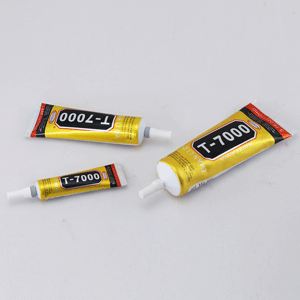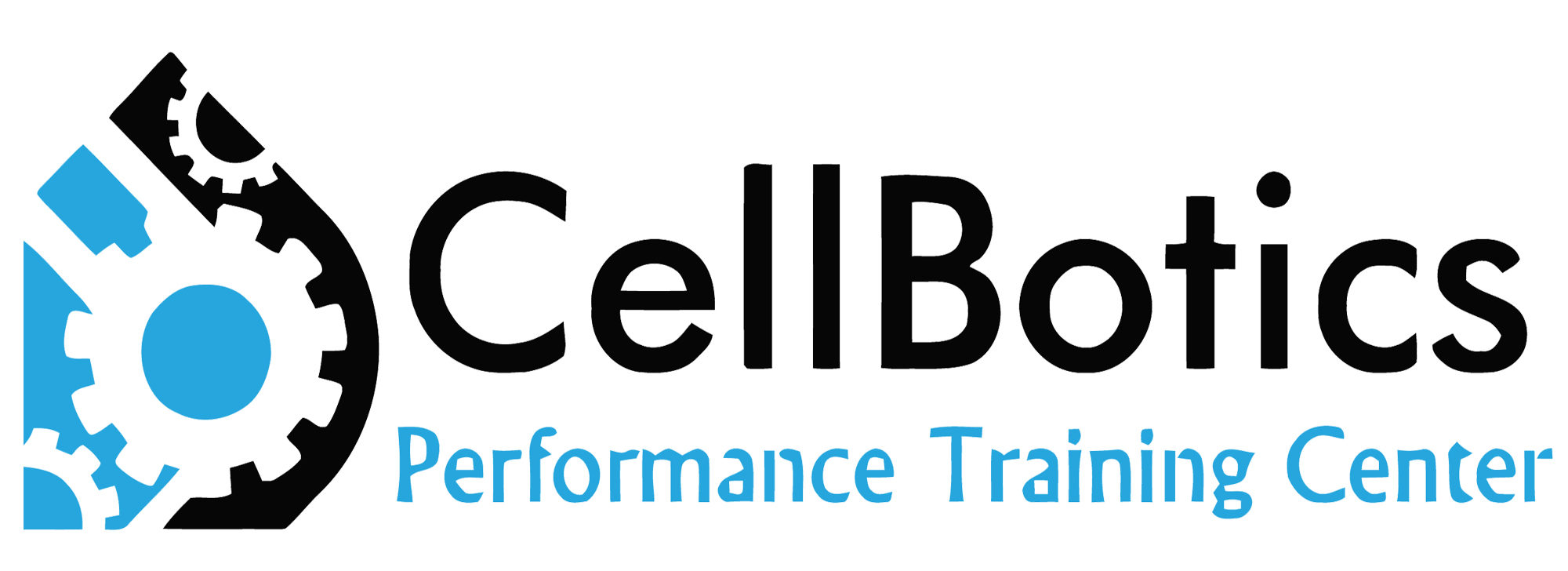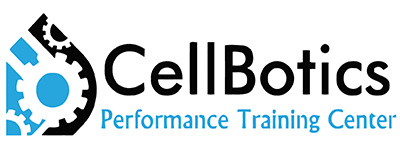Adhesive used in Cell Phone and iPad Repair

What Type of Adhesive is used in Cell Phone and iPad Repair?
Adhesives can be one of the most important elements for a device repair tech. It is just like a tool and may need to be used regularly to place the final touches on your repairs on phones and tablets. In some cases, adhesives are required to hold together the whole device and the repair could be a dud if the adhesive is not used properly. Different types of adhesives are used for repairing. You may ask what kind is the best for cell phone and iPad repairing? In this article, I will give you a clear idea of adhesives that will help you best repair cell phones and iPads.
Use of adhesive in repairs
While 3M Double-Sided tape and Tesa tape are well known in the cell phone repair industry using different types of adhesive in different parts of the device would be a better idea, in some cases. Using specific types will help you to get the best result for different types of cell phones and tablets. Sometimes you need to use more sticky types, especially while you are sealing the front glass of any electronic devices, such as an iPad. In that case, you can also use Primer 94 which will make it more stickie.
Avoid Lifting
If the device has edges like the iPad or Samsung Galaxy tablets, then the adhesive tape is safe to use but Primer 94 is an important addition. Add a little Primer 94 and some heat to really get the bond between glass and frame tight. It will ensure every edge is closed properly and provide a tighter grip so you don’t have issues like lifting. Lifting is a term used in the repair industry for when an iPad digitizer lifts after repair due to inadequate adhesive application. In addition, for iPad repair, Tesa tape is the best choice. Look for parts that have it pre-installed, the vendors we give in our Cell Phone Repair Course always pre-apply it for you to ensure the proper fit to the frame. If you try to align the tape and don’t align it just right, you will get lifting.
Cleaning is key
When assembling any full display or LCD screen that has adhesive, you need to remove the existing before assembling the device and all the residue. Then to make a tighter seal, close to a waterproof seal, you will want to use a suitable amount of liquid adhesive with the Tesa tape. If you open the iPhone, you will find specially designed battery adhesive strips, those can be a wide variety of brand replacements. These pull tab adhesives also can come in stretchy and non-stretchy versions. Always buy from reputable vendors for the stretchy kind. Our vendors have the stretchy kind which is comparable to OEM adhesive. You need this adhesive to reinstall the battery properly, do not use simple double-sided tape. In our repair training courses, we teach you to return items to the closets of OEM standards as possible.
For small older cell phones, 2mm Double-sided adhesive tape is fine to use. As it is thin and fits well around the edges, this adhesive is an ideal fit for small and edgy phones. Now for the newer iPhones like iPhone 6s and iPhone 11 and all in between frame adhesive is used. This is Apples effort to waterproof the phone and is important to reapply. These adhesives are precut to the shape of the phone and work very efficiently if you know where to buy the proper ones.
Adhesive Tape vs Liquid
There are both advantages and disadvantages of using both types of adhesives. Liquid adhesive is better to use then tapes because tapes can expand with heat and create gaps, especially on iPad repairs. However, liquid adhesive also can make a sticky mess if you accidentally apply too much or in the wrong area. Here are some advantage and disadvantages of adhesive tape and liquid below:
- While liquid adhesive provides a stronger grip than tape, it can lack its consistency sometimes. However, adhesive tape provides consistent performance.
- Tape doesn’t provide a strong grip like liquid adhesives. In terms of stickiness, the liquid version will be a better choice because it bonds better to both surfaces.
- Tape adhesives are reliable for all kind’s devices. They could be used on narrow surfaces. However, the liquid adhesive may not work in certain spaces but is helpful for small spaces as cutting tape can be difficult.
How to Remove Adhesives
While using these you need to clean off the old first so knowing properly cleaning methods is important. You can use a small amount of heat and 100%/99% IPA alcohol or some WD-40 on a cotton swab, flat pry tool like we have in class or cloth to gently rub the adhesive residue off after opening the item, especially iPads. Make sure you are not going to make a mess with the liquids all inside the device and clean it if you do.
Conclusion
Using adhesives for mobile repairing is not that hard but they can make it look easier on YouTube videos. You need to have the proper training before you start repairing mobile phones or other devices. Otherwise, you may damage your customer’s devices and cost yourself extra money. We run a vocational training course for beginners and advanced technicians where you can learn all about cell phones and computer repair. You get hands-on training for repairing every type of cell phone and computer electronics. So, join us today to start your career in cell phone or computer repair or take your current repair business to the next level!
Thank you for reading my blog!
Nicole Russell
Cell Phone Trainer and President of CellBotics

Check out these pages:
https://cellbotics.com/cell-phone-repair-training-reviews/ , https://cellbotics.com/cellbotics-partnership-and-icracked-partnership/ , https://cellbotics.com/videos-from-the-trainers/ or Register for our class here: https://cellbotics.com/cell-phone-repair-courses-all-schedules/ and be sure to signup for our Ebook and discounts: https://cellbotics.com/cellbotics-landing/




